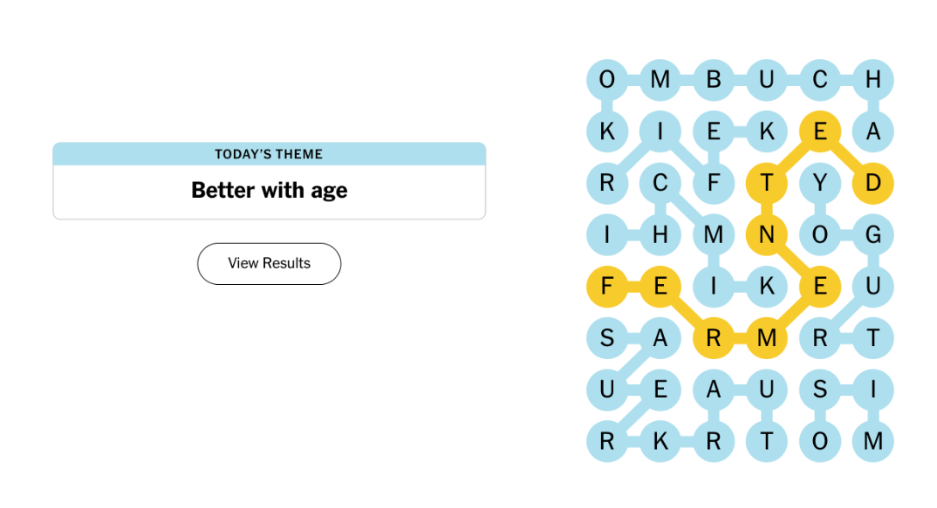HANDS. MARACA. POLAROID. SNOWGLOBE.
At first glance, these words seem to have nothing in common, but there is a hard-to-find similarity between them: they are all things people shake. These words are from the purple group of a past Connections game.
It’s often that we students find ourselves bored during lunch or with nothing to do during class. I, personally, often procrastinate on writing my journalism articles and instead play all of the New York Times (NYT) Games. In one fan favorite, Connections, players must group 16 words into four different groups based on similarities in the words. The four groups are color-coded once revealed into four color groups: yellow, green, blue and purple, ranked by how challenging they were to find. The easier groups can be discovered by looking for synonyms, while the purple group usually consists of a more obscure category, such as “Car Brands With a Missing Letter” or “Numbers With Their First Letter Replaced.” While Connections can be very challenging to win with only four mistakes allowed, it’s a great logic-based brain exercise to enhance your vocabulary.
One of the most popular games is the Wordle. Launched in 2022, players must guess a five-letter word in six tries. If any letter in the word is placed in the correct position, it will turn green, while if the letter is in the word but at an incorrect position, it will turn yellow. Players often choose words with common letters, such as “ORATE” or “CRATE” to start, then work from there. By subscribing to NYT, players can view statistics like the average number of guesses it took for people to guess the word, how lucky they were and how skilled their guesses were. However, if you click on the button fast enough before the rest of the page loads, you can see your stats without even subscribing. Additionally, you can view the optimal guesses to improve in future Wordles.
Another game in the NYT library is Strands, which was recently released in March of 2024. However, this brain-teasing word hunt has quickly become a favorite, and because players are allowed to get hints, it is somewhat easier than other NYT games. In Strands, players must uncover the theme words that are hinted at and the Spanagram, which goes across the board as an overarching theme of all words. This game is a great way to positively stimulate the brain and it’s always satisfying to complete the puzzle.
Finally, the Mini Crossword is a small, standard crossword puzzle. NYT offers a much larger crossword, though it requires a subscription and is more difficult to complete, while the Mini Crossword only requires a few minutes to finish. This makes it much more addictive for students as they don’t have to study the board for hours trying to complete it. However, this is on the harder side of the NYT games, along with Connections, and I often find myself searching the web for hints or answers to clues.
Along with these four NYT games, there are also the Spelling Bee, Tiles, Letter Boxed, Vertex and Sudoku. However, I don’t play them as often. They are still fun, yet they lack an engaging, stimulating aspect that the other NYT games have. All of these games will always be a better alternative than watching YouTube videos or mindlessly scrolling through Instagram Reels since they exercise the brain. The NYT Games are always a highlight of my day.

